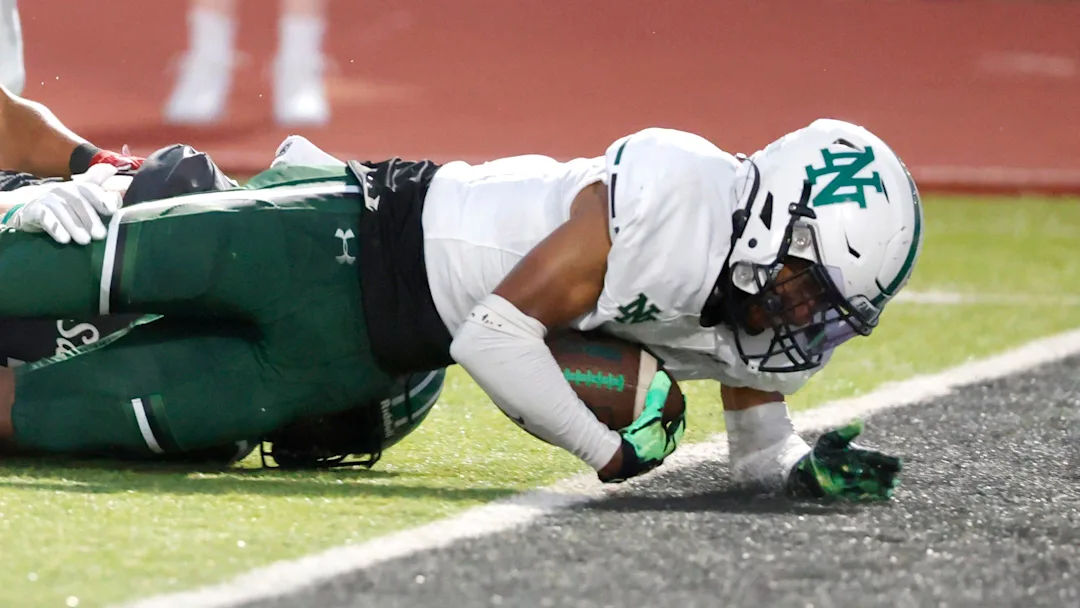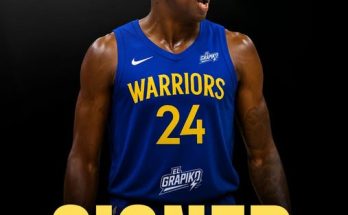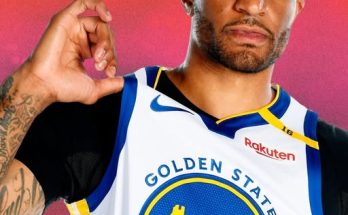Oklahoma missing out on a local 4-star wide receiver might seem like just another blip in the chaos of college football recruiting, but this one hits a little harder than most. When a high-profile, in-state talent decides to take his talents elsewhere, it cuts deeper—not just for the program but for the passionate fan base that lives and breathes Sooner football. This isn’t just about a single commitment; it’s about pride, perception, momentum, and the long-term vision Brent Venables and his staff are trying to build in Norman. Losing a player of this caliber, especially one within arm’s reach, sends shockwaves through a recruiting cycle already brimming with pressure and expectations. The ripple effect of this decision goes far beyond the depth chart. It’s a public rejection—a signal that even homegrown stars aren’t guaranteed to stay loyal to the Crimson and Cream, no matter the tradition or legacy.
The 4-star wideout had become one of the state’s most talked-about prospects over the past year. With blazing speed, elite ball skills, and a knack for making big plays under the Friday night lights, he quickly became a top priority for Oklahoma’s staff. He wasn’t just another name on a recruiting board—he was “the guy,” the one they thought they’d land simply because the pipeline was strong, the relationships were built, and the opportunity to shine on a big stage was undeniable. But recruiting is a tricky game, and this time, the Sooners came up short. His decision to commit elsewhere sent a message that hit like a thunderclap across the state and reminded everyone that nothing in recruiting is promised, not even when the talent lives just down the road.
For Oklahoma, the loss of this commitment will undoubtedly raise questions about how it happened. Was it a matter of NIL? Was another school simply a better fit culturally or schematically? Or did the Sooners miscalculate, thinking proximity and tradition would be enough to secure a verbal pledge? The answers may never be fully known outside the inner circles of the recruitment, but the impact is already being felt. This was supposed to be a slam dunk. Instead, it turned into a gut punch. When you lose a top-tier talent to a national rival—or worse, a conference foe—it adds insult to injury. Coaches have to regroup, reevaluate, and redouble their efforts with other targets to avoid falling behind in what’s shaping up to be one of the most critical recruiting classes in recent memory.
Fans, naturally, are left frustrated. They watched this young star grow up in their backyard, dazzling crowds at high school games and racking up offers from the nation’s best programs. He was supposed to be the next big thing at Gaylord Family–Oklahoma Memorial Stadium. Instead, he’ll be suiting up in a different uniform, thrilling a different fan base, and perhaps one day facing the Sooners on the opposite sideline. That kind of scenario is always tough to stomach. Social media erupted with hot takes, disappointment, and finger-pointing, as it often does in the wake of major recruiting news. Some blamed the coaching staff. Others criticized the state of NIL at Oklahoma. And a few simply wished the young man well, understanding that at the end of the day, this is a life-changing decision for an 18-year-old with dreams bigger than state lines.
What’s clear is that the Sooners can’t afford to dwell on this miss for long. The recruiting calendar doesn’t pause. The next prospect, the next visit, the next pitch—it all comes at lightning speed. Venables and his staff have to regroup quickly and reinforce the program’s message to the other top-tier recruits still considering Oklahoma. They’ll need to show that one loss doesn’t define the class and that the vision for Oklahoma football remains strong, focused, and appealing. The commitment—or lack thereof—doesn’t change the fact that OU is still a storied program with national championship aspirations, a rabid fan base, and elite resources. But perception matters. And if too many elite talents start looking elsewhere, that perception can become reality.
It also opens the door for a different kind of conversation—one about how Oklahoma can close the gap with other national programs when it comes to securing elite commitments. Are there adjustments needed in how NIL is approached? Do certain assistant coaches need to become more aggressive recruiters? Is the brand strong enough in today’s climate to win these battles without home-field advantage in a player’s backyard? These are the questions being asked not only in Norman but throughout the college football landscape. Because when a local star picks another school, it’s not just a miss—it’s a reflection of the shifting sands of modern recruiting.
Still, all is not lost. Oklahoma remains in the hunt for multiple other 4- and 5-star prospects who could help form the foundation of a top-10 class. The staff has built strong relationships nationwide, and their message continues to resonate with high-caliber athletes who want to play in the SEC, compete for championships, and develop into NFL players. One recruiting loss, no matter how painful, doesn’t unravel the progress already made. But it does serve as a wake-up call. The days of relying on tradition alone are gone. In today’s landscape, programs must be proactive, adaptable, and relentless. They must build relationships early and follow through with purpose. They must be honest about the role NIL plays and ensure that their packages remain competitive. And most of all, they must create an environment that feels like home, even when home is just a few miles away.
In that sense, this loss could be the catalyst Oklahoma needs to double down. Maybe it sparks more investment from donors and collectives. Maybe it triggers new strategies in how local talent is engaged from the beginning. Maybe it even creates a chip on the shoulder of the staff, fueling a relentless pursuit of every remaining target on the board. In the ever-evolving world of college football recruiting, setbacks are inevitable. But how a program responds to them is what truly defines its trajectory. And if Brent Venables has shown anything in his time leading the Sooners, it’s that he doesn’t shy away from a challenge.
The focus now shifts to the future. Which receiver will the Sooners pursue next? Can they flip another top prospect down the line? Will this decision light a fire under the locker room, the staff, and the fan base? One thing is certain: Oklahoma’s resolve will be tested, and how they respond in the weeks ahead could determine the tone for the rest of the cycle. Momentum in recruiting is fragile. Lose it, and it can be hard to get back. But seize it, and suddenly everything starts falling into place. Oklahoma has the infrastructure, the vision, and the hunger to stay at the forefront of college football. But they’ll need to prove it now more than ever.
As for the wide receiver who chose another path, his decision must be respected. He earned the right to make the best choice for his future. He’s a young man with immense talent and dreams of playing on Sundays. The path he chose isn’t what Oklahoma fans hoped for, but it’s his to walk. And who knows—his story is far from over. College football is full of twists and turns, transfers and second chances. For now, though, the Sooners must regroup, reload, and refocus. There’s still work to be done, and the clock is ticking. The only question is how Oklahoma will respond—and whether this missed commitment becomes a footnote or a turning point in the pursuit of national prominence.



